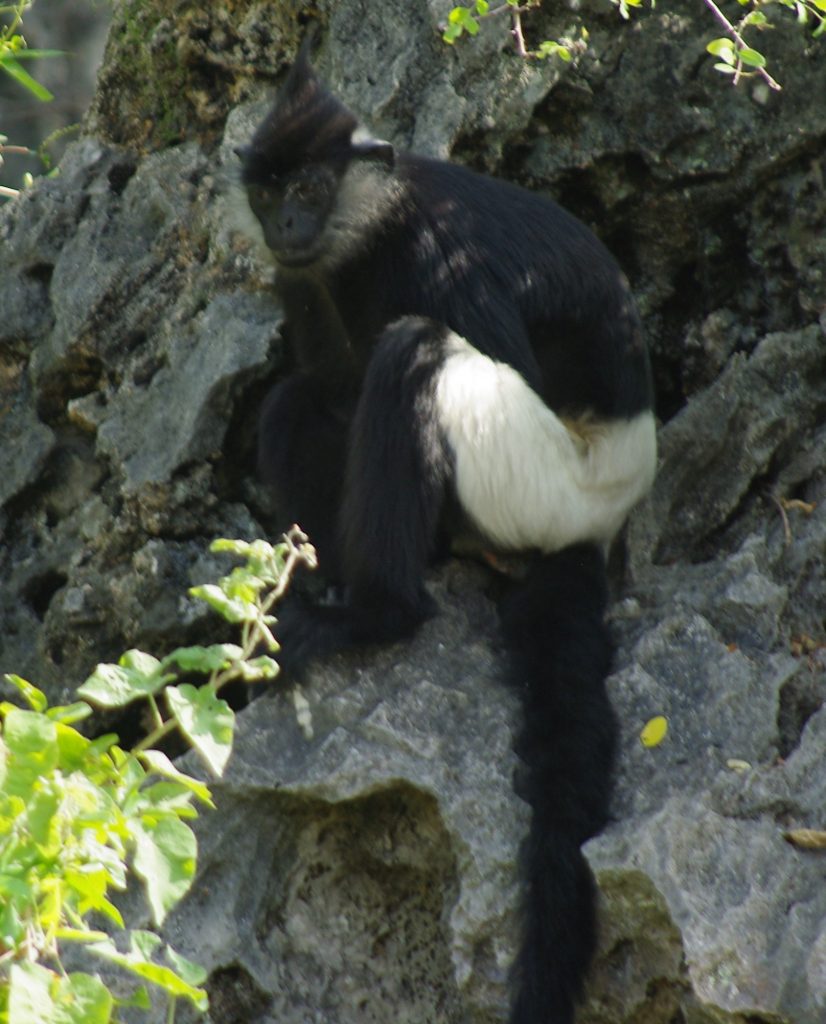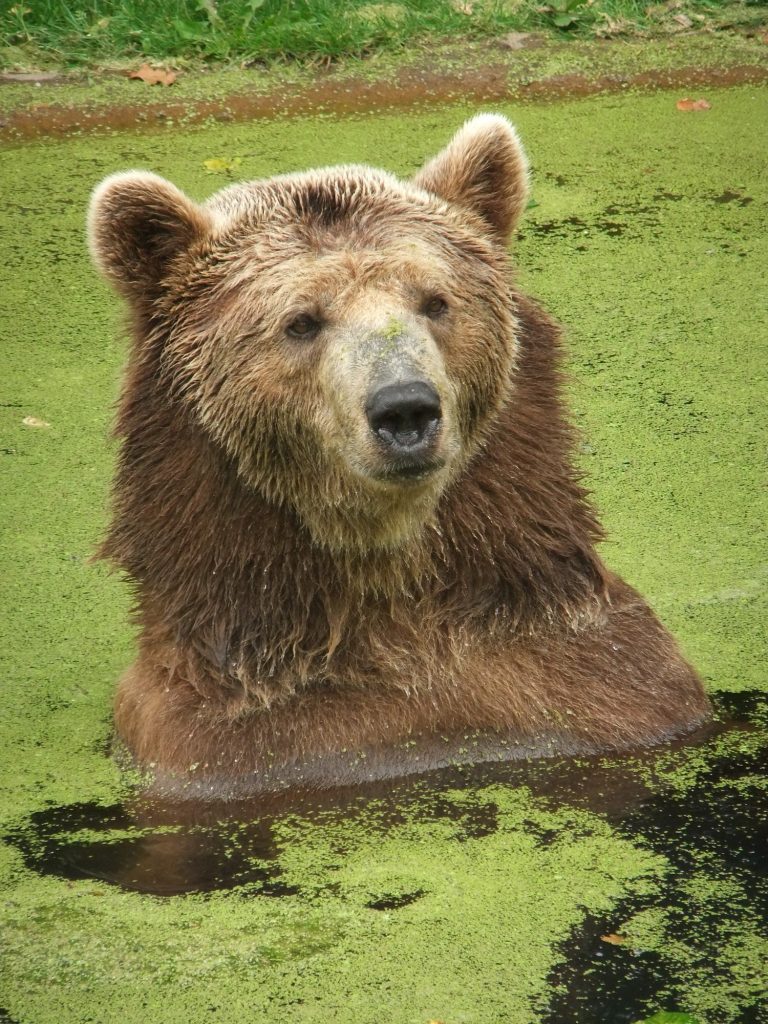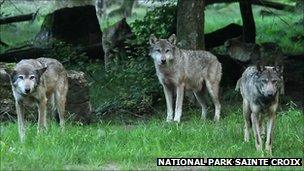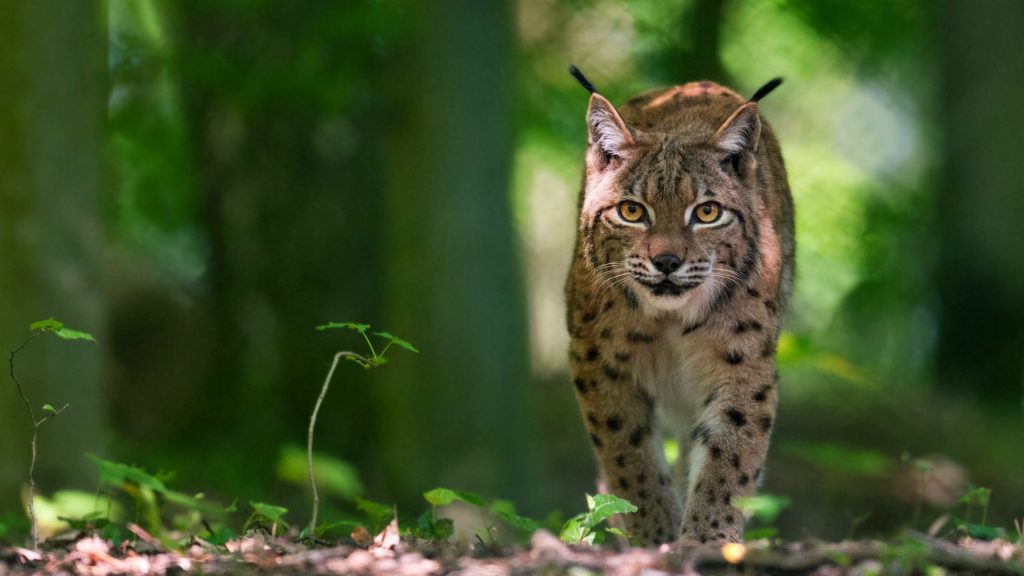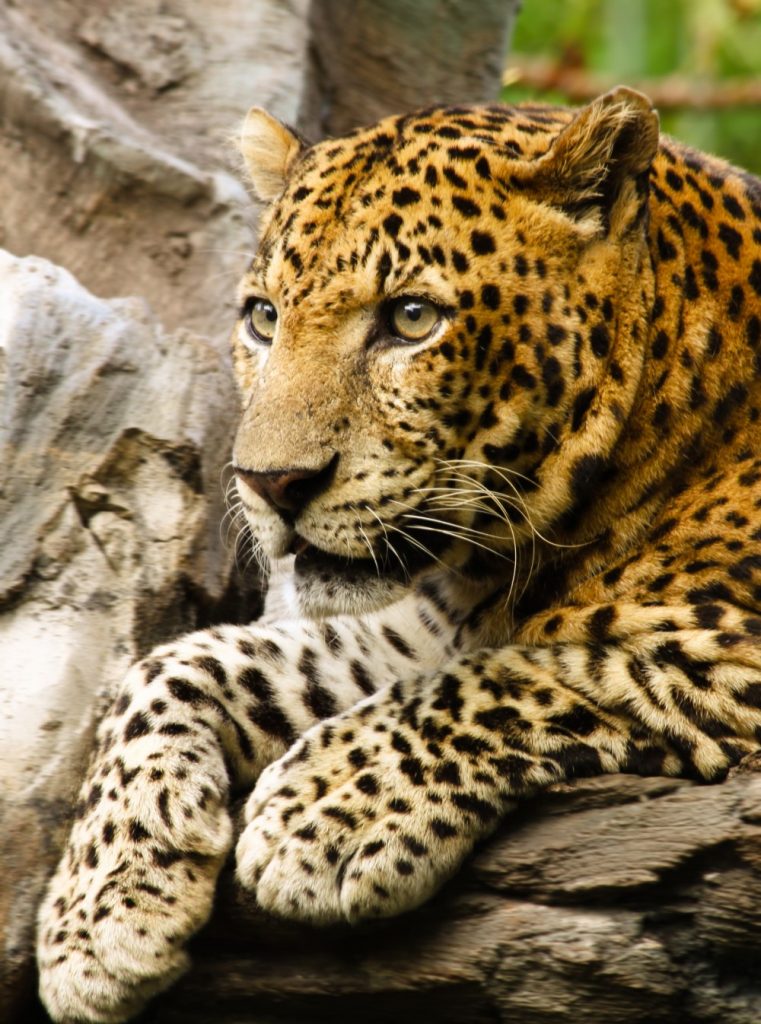One of the real pushes in the UK towards clean energy is through the vast wind turbine farms placed out in the North sea.
With expectations of these growing dramatically over the next decade, these areas are very windy and therefore an incredibly reliable source of electricity generation.
Due to more and more wind turbines being built this record will not hold. At the moment wind power makes up roughly 20% of Britain’s energy generation. Over boxing day during a large storm, wind power produce more than 50% of the UK’s electricity.
Last year was the first time that more electricity came from renewables (wind water sunlight and wood) which produced 42% of the electricity in the UK compared to the 41% that came from fossil fuel sources.
This clearly suggests the UK has some way to go. However as the UK increasingly brings more and more wind farms online, and the pace of solar generation starts to pick up again after the government’s foolish eradication of financial support, it is conceivable that in the next 20 years the remaining 41% of our power generation reliant on fossil fuels could fall all too close to zero.
One of the big advances in recent years is the vast batteries that are starting to come online. In the past peaker plants (these are power plants that come online to support high periods of demand) have been the most dirty power. These are likely to quickly be replaced by batteries as they are expensive to run.
For the first time the idea of running a carbon-neutral economy, does not seem that far-fetched when looking at our current setup

